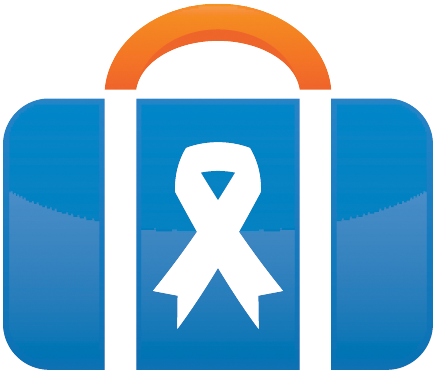In this post, you’ll learn how to maximize donations during your Fund-a-Need.
What is the fund-a-need?
The fund-a-need, or paddle raise, is where you solicit donations from the audience at your gala. In the typical fund-a-need format, the auctioneer starts at a high amount, say $5,000, and asks donors to raise their bid cards to commit to a donation. The auctioneer solicits donations at gradually decreasing amounts so most everyone in the audience can participate.
Tips for an Inspiring Fund-a-Need
Let’s review some tips for raising the most money.
1. Choose a need to fund that will inspire giving
Rather than asking your audience to cover your general overhead expenses, choose a need that is specific, understandable and achievable.
Put differently, you want to choose something that may not get funded without the audience’s generosity. Some examples include:
- School computer lab
- Safety equipment
- Scholarships
- Community garden
The more emotion the need evokes, the better.
2. Involve as many people in the decision making as possible
When choosing a need to fund, involve others in your decision making process. For example, hold a meeting with your board members to get their input on which need should be funded.
Not only is this feedback helpful, you’ll find that the people who help you decide on a need will be your biggest donors!
3. Keep your Fund-a-Need presentation short
Precede the fund-a-need with a video, presentation or remarks that are under 3 minutes. A board member, beneficiary, or other stakeholder should simply explain what the need is and why it’s important. That’s it.
This is not the time for a long speech or statistics as these will only break the momentum you’ve built during the event.
Don’t worry about having a slide or other visuals unless they are required to explain your need. You want your audience quiet and focused on the speaker. After the speech, you can rotate slides with inspirational imagery as the auctioneer solicits contributions.
4. Time the fund-a-need so you have the most people engaged
If you have fewer than 10 live auction items, put the fund-a-need at the end of the live auction.
Otherwise, break up the live auction with the fund-a-need in the middle, just after you sell the premier auction item. Ideally, the premier auction item fetched a large winning bid so you can execute your fund-a-need while guests are still thinking about big dollar amounts.
Avoid placing the fund-a-need while dinner is being served as the commotion will distract attendees. And, avoid placing the fund-a-need at the very end of a long event since there won’t be much energy left in the room.
5. Secure lead donations in advance of your event
Immediately after introducing the fund-a-need, announce the lead donation. Commonly this is a corporate sponsor or other donor delivering a check on stage to your organization. Then, your auctioneer can ask if anyone wants to follow that lead.
This is a great way to kick off your fund-a-need and is another selling point for you when speaking to potential corporate donors.
If your lead donation is so high that no one else could come close to donating that amount, simply wait until the end of the fund-a-need to announce the gift so donors don’t think “They’ve got their money. I don’t need to donate.”
Additionally, you should try to secure matching gifts for the entire funds raised or funds raised at a particular donation level. Again, this is a great sponsorship opportunity to potential corporate donors and encourages your audience members to raise their paddles.
6. Choose appropriate giving levels for your audience
Too high of a giving level results in poor participation. Too low, and you leave money on the table.
The proper giving levels will vary based on your audience. Though, around six total giving levels is optimal. For example, start the giving at $5,000. Then ask for contributions of $2,500, $1,000, $500, $250 and $100. You may choose to go lower to encourage participation.
Additionally, you’ll want to have some friendly faces in the audience, such as board members, pre-commit to raising their paddles at the highest giving level. This prevents any awkward moment where nobody gives because the giving level is too high.
7. Use big round numbers to your advantage
After recording all the contributions from the last giving level, tally the total amount you raised and communicate it to your auctioneer.
The auctioneer can then announce, “We are so close to raising $100,000, a new milestone and record. Is there anyone who would like to make an additional donation to get us there?”




